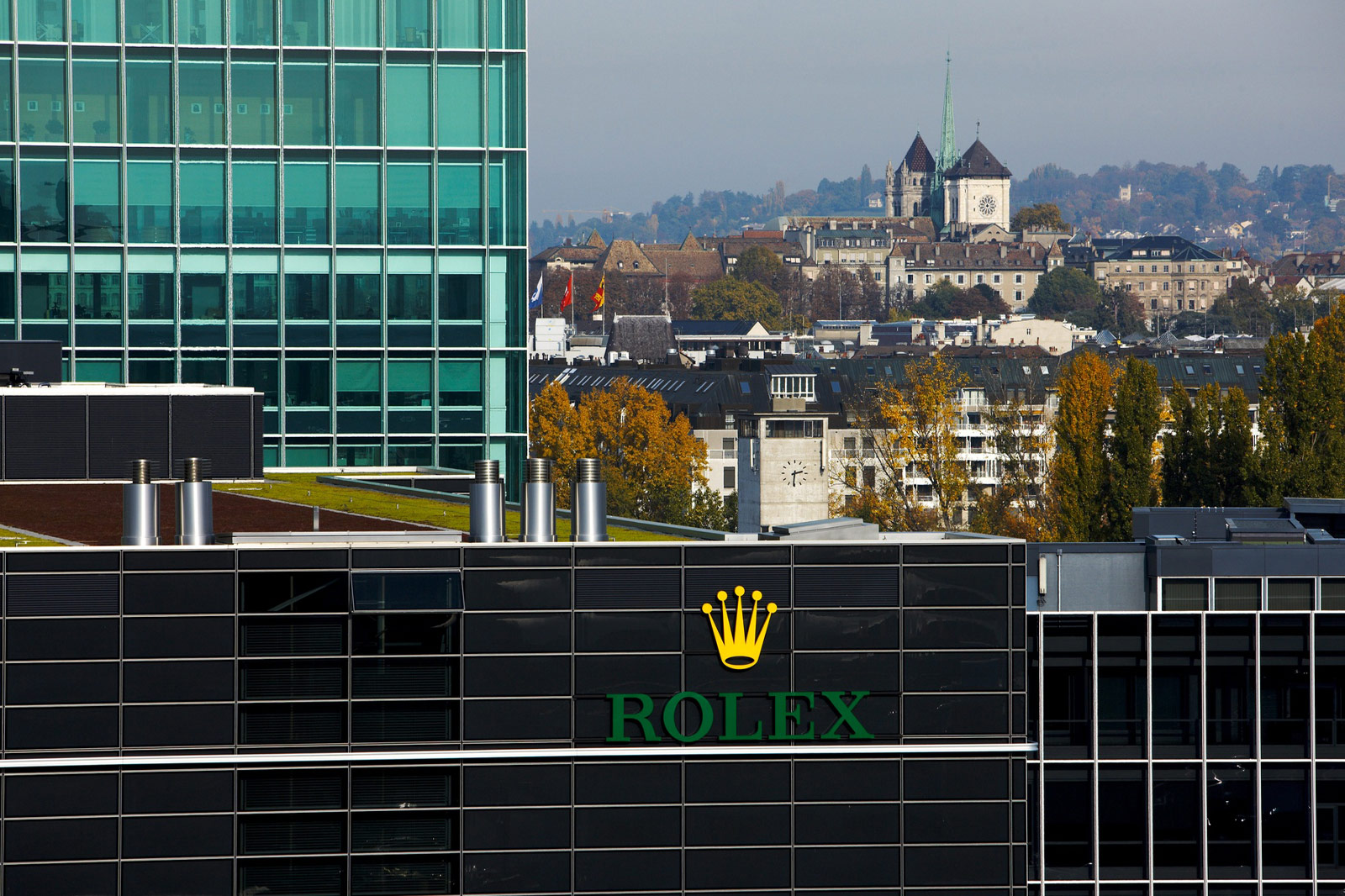
A new year has begun and with it, it has brought more Rolex price rises. Rolex price changes are always a big deal, not least because grey market flippers believe they can squeeze a few extra pennies from collectors because the perceived value of each watch has increased. However, if you’re an honest collector (as an Oracle Time reader I assume this the case) who genuinely wants a Rolex and is willing to join the waiting list then things are not so bad as it sounds.
This latest round of price rises is in line with the recent inflation rate of 4.3% in the UK, a notable change to be sure but not a severe one. Let’s take a look at the price rises of some specific Rolexes to see how it’s affected real prices since 2023.
Cosmograph Daytona Steel and Ceramic
Reference
2023
2024
Increase (%)
126500LN
£12,700
£13,200
+3.9%
Pepsi GMT Master II with Jubilee Bracelet
Reference
2023
2024
Increase (%)
126710BLRO
£9,150
£9,550
+4.3%
Yacht-Master Everose Gold
Reference
2023
2024
Increase (%)
126655
£24,250
£25,300
+4.3%
The Breakdown
In comparison to previous years, it appears that Rolex has taken a very even-handed approach to price rises this year. There aren’t the dramatic winners and losers that we saw last year, with the precious metal watches rising at the same rate as the steel one (last year the white gold Day-Date above increased by a huge 11%). The fact that they all sit so close to inflation shows that really this is a proportional adjustment, rather than being targeted price increases.
Still, just because it’s proportional doesn’t mean it won’t hurt the pocket and create an emotional response – frankly no one likes paying more for the same item. The increases have also pushed some watches above significant milestone prices. For example, the steel no-date Submariner going above £8,000. To me, with the standard Submariner at £8,050 and the standard Omega Seamaster Diver 300m at £5,600, it no longer feels like they’re in the same ballpark. Whereas when the difference was £5.6k to £7.7k it felt like the gap was less significant.
Rolex Boutique, Genève
The last point to cover, and it’s an important one, is the fact that this is a snapshot of Rolex’s price rises in the last year. While the change from year to year is typically small, the picture across a longer period of time is very different. If we were to compare prices back to 2020, we’d find an average price increase above 20%. Part of that is obviously due to regional market inflation as we’ve been discussing, but some it could also be attributed to next gen movements and global supply chain inflation. However, the overall story is clear, Rolexes are getting more expensive and they look set to continue to do so.
While we’re on the topic of Rolex sales, it might be worth keeping an eye on whether Rolex decide to lift their restrictions of authorised dealers being allowed to sell new watches online in 2024. Something they may be incentivised to do following a recent fine by the French competition regulator.
More details at Rolex.
Oracle Time